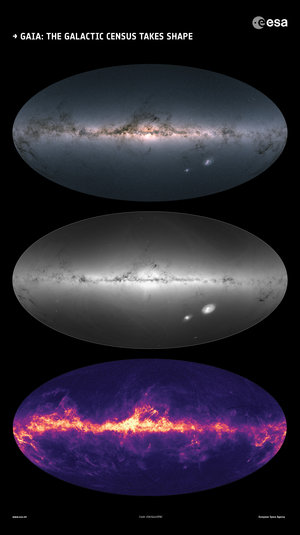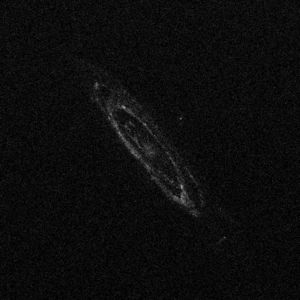

Gaia DPAC map
This figure shows the contribution of the different countries in the Gaia Data Processing and Analysis Consortium (DPAC) for the Gaia Data Release 3 (Gaia DR3).
The list of countries is based on the affiliations of the authors of the Gaia DR3 Collaboration papers. The institutes involved in the creation of Gaia DR3 were identified, and this map provides you with an overview of where these institutes are located.
The countries indicated in red are the countries involved in the preparations for Gaia DR3 release.
The countries indicated in light red, are countries which are part of the European Space Agency but have no direct involvement in the Gaia Data Processing and Analysis Consortium.
No difference is made in this figure whether one person is active in the country or more than 50.
Expert scientists and software developers from across Europe and beyond are teamed up in the Gaia Data Processing and Analysis Consortium (DPAC). DPAC, in collaboration with ESA, is responsible for processing and analysing Gaia's data and for producing the Gaia Catalogues. With members from more than 20 countries, the consortium brings together skills and expertise from across the continent, reflecting the international nature and cooperative spirit of ESA itself.
DPAC data processing centres are located in five European countries. DPAC has been in place since 2006 developing the data processing algorithms, the corresponding software, and the IT infrastructure for Gaia. It also executes the algorithms that turn Gaia's raw telemetry into the final scientific data products that are released for usage by the wider scientific community.





